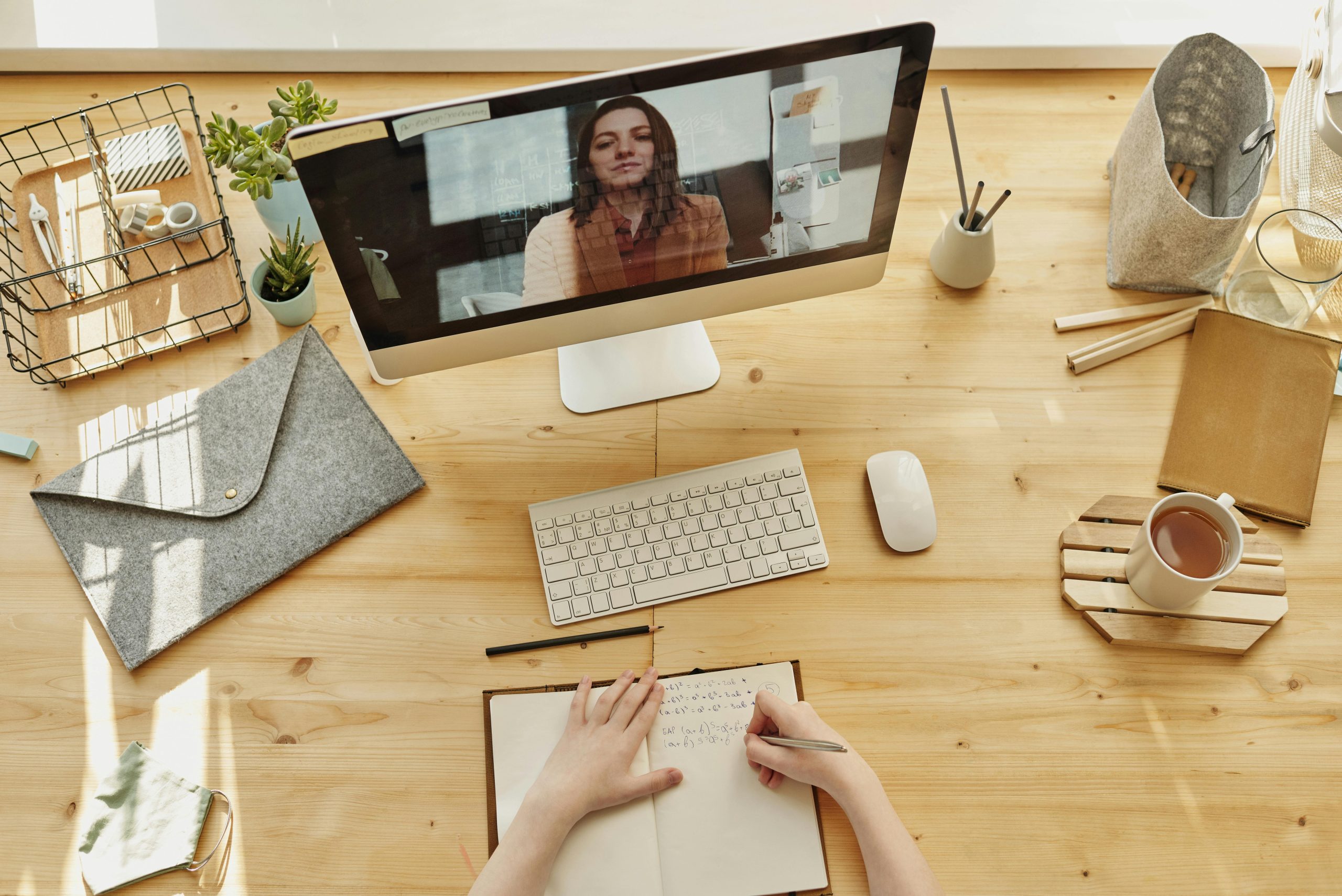Troubleshooting Video Playback Interruptions When Connecting Chuwi FreeBook i3-1215U to External Monitors via USB-C Hub
Introduction
Many users appreciate the portability and versatility of the Chuwi FreeBook i3-1215U, especially when connecting to external displays for enhanced productivity. However, a common issue some encounter is that video playback pauses unexpectedly whenever the device is linked to an external monitor through a USB-C hub with HDMI output. This disruptive behavior impacts user experience across popular platforms such as YouTube, VLC, and other media players.
Understanding the Issue
The core problem involves videos pausing and resuming automatically during the connection process. This symptom suggests underlying hardware or driver conflicts, power management settings, or signal interruptions that interfere with continuous media playback.
Recommended Troubleshooting Steps
-
Update All Relevant Drivers
Ensure that the chipset, graphics, and USB drivers are fully up to date. Visit the official manufacturer websites or utilize Windows Update to verify and install the latest driver versions. Updated drivers are essential for stability and compatibility, especially with peripheral devices and external displays. -
Disable Power Management for USB Devices
Sometimes, Windows power settings can cause USB devices to disable or reset, leading to video interruptions. To mitigate this: -
Open Device Manager
- Locate “Universal Serial Bus controllers”
- Right-click each “USB Root Hub” and select “Properties”
- Navigate to the “Power Management” tab
- Uncheck “Allow the computer to turn off this device to save power”
- Repeat for all listed USB Root Hubs
This adjustment prevents Windows from power-saving actions that might disrupt USB-related functions during media playback.
-
Disable Unnecessary Sensors and Background Services
Certain sensors or background services could interfere with hardware behavior. Disabling non-essential sensors or services via the Device Manager or system settings may help. For instance, temporarily disable features like ambient light sensors or motion detectors to check if they are contributing to the problem. -
Test with Different HDMI Cables and Monitors
Faulty cables or incompatible monitors might also cause signal instability. Use high-quality, certified HDMI cables and test with different monitors or external displays to rule out hardware issues. -
Monitor for Software Conflicts
Background applications, especially those related to graphics, screen sharing, or media management, can sometimes cause conflicts. Try performing a clean boot to identify if any third-party software is affecting video playback during connection.
Share this content:

